Research Article - (2022) Volume 8, Issue 9
Stimulated Emission and Characterization of Magnetic Monopole in Topological Materials
Wang Xuelin*
Department of Science, Peking University, Beijing, China
*Correspondence:
Wang Xuelin, Department of Science, Peking University, Beijing,
China,
Email:
Received: 23-Mar-2022, Manuscript No. IPIAS-22-12765;
Editor assigned: 25-Mar-2022, Pre QC No. IPIAS-22-12765(PQ);
Reviewed: 08-Apr-2022, QC No. IPIAS-22-12765;
Revised: 10-Oct-2022, Manuscript No. IPIAS-22-12765(R);
Published:
17-Oct-2022, DOI: 10.36648/2394-9988.9.12.102
Abstract
In 1931, Paul Dirac, a physicist of Britain, theoretically predicted that magnetic monopoles can exist
independently, and believed that since electricity has electrons with basic charges, magnetism should
also have magnetic monopoles with basic magnetic charges. Decades later, many scientists failed to
find magnetic monopoles although they tried to do that in any way. Some outstanding physicists, such
as Fermi, an Italian American physicist, and Yang Zhenning, a Chinese American physicist, believe that
magnetic monopoles exist and have improved and supplemented Paul Dirac's theory. In this paper,
the author found a new crystal topological material that emits positive and negative magnetic
monopole pairs (magnetic dipoles) and magnetic monopoles into space when excited by both
alternating magnetic field and heat. A "string" predicted by Dirac exists when the magnetic dipole
runs in space and extends and contracts under the action of external magnetic field, and separates
into positive and negative magnetic monopoles at given magnetic field strength. Strong “γ” ray is
released from annihilation which occurs when positive and negative magnetic monopoles collide with
each other. The space speed, magnetic field intensity and magnetic monopole mass under different
magnetic fields were measured and calculated. The catalytic fission of magnetic monopoles and the
repulsion of antimagnetic materials were characterized. The existence of magnetic monopoles
predicted by Dirac was proven by experiments and observations from different perspectives.
Keywords
Magnetic monopole; Catalytic fission; Dirac chord; Magnetic charge; Magnetic dipole;
Magnetic monopole annihilation
Introduction
Since 1930’s magnetic monopole has been studied as a hot topic and sought by physicists and astronomers because the complex interaction process of magnetic monopole is very different from general electromagnetic phenomena we know at present. Magnetic monopoles are related to not only a source of material magnetism and the symmetry of electromagnetic phenomena, but also the evolution theory of the very early universe and the structure theory of micro particles. In 1931, Paul Dirac, a nobel prize winner, extended the Maxwell’s equations to include magnetic monopoles. The Maxwell’s equations are classical electromagnetic field theory, but this theory fails to perfectly explain why magnetic monopoles cannot be found and why charges exist with a fixed value. When Maxwell’s equations are extended to include magnetic monopoles, charges can exist only with a fixed value, unifying the classical electromagnetic field theory and quantum electrodynamics [1]. Also, Enrico Fermi, a famous Italian American physicist, has theoretically discussed the magnetic monopole and believes that its existence is possible. Yang Zhenning, a Chinese American physicist, and other famous scientists have supplemented and improved the magnetic monopole theory from different aspects to some different extents, eliminated some defects in Dirac theory, and provided a more powerful theoretical basis for the assumption of the existence of magnetic monopoles. In 2013, the author successfully researched and developed a new topological material. When the new topological material was excited to emit and accept terahertz magnetic waves, i.e. it was used as a terahertz wave emitter while as a accepting sensor, it was found that the terahertz magnetic wave accepting sensor was seriously interfered irregularly, even when the terahertz magnetic wave was blocked with an iron plate. In view of the abnormal phenomena, it is found during more than seven years experiments of cloud chamber, photography, air ionization and catalytic fission of protons that the new topological material emits magnetic monopole and dipole into the space and the magnetic monopole is successfully captured by an aluminum plate. The discovery of magnetic monopole will greatly promote the exploration of the universe and the theory of electromagnetism. It is very significant and influential in the development of basic physical theories even in science and philosophy, and will greatly change the development of practical technologies [2,3].
Materials and Methods
Basic Characteristics of New Topological Material and
Conditions to Produce Magnetic Monopoles
Basic characteristics of new topological material: The new
topological material is a catalytically synthesized semi metallic
topological material with medium impedance. The material
itself is spontaneously magnetized internally without reliance
on the external strong magnetic field under the action of an
electric field [4,5]. The differences between abnormal Hall
effect reflected by the material and the long range
ferromagnetic order reflected by the abnormal Hall effect of
quantum lie in different current direction and thus different
direction of magnetic field during magnetization of
distribution points in each region because only two local
connecting points between a small region composed of
magnetic domains formed in the material and other regions
can conduct electricity and other surfaces are insulated and
isolated resulting in the formation of a complex network
structure in the material. In this paper, the existence of
magnetic monopole was proven by characterizing the
magnetic monopole, so the structure of its material was not
described further.
Conditions to produce magnetic monopoles: The new
topological material is excited to emit magnetic dipole and
monopole in two modes. In mode A, the material is internally
magnetized to form a ground state magnetic dipole under the
action of DC electric field; then the ground state magnetic
dipole jumps to the excited state under the action of external heat energy; the excited state magnetic dipole is excited to
escape and emit into space when an alternating magnetic
field is applied. The small magnetized area on the surface of
the material is excited to emit magnetic dipoles. However, the
small magnetized area in the middle of the material is excited
to emit magnetic dipoles which pass through the thickness of
the material and are separated into positive and negative
magnetic monopoles in contact with strong magnetic field in
the strong magnetized area. Therefore, the particles emitted
into the space are a mix of magnetic dipoles and monopoles.
In mode B, the material is heated to the emission
temperature by an alternating electromagnetic field, where
the positive or negative half cycle magnetizes the material
and directly transfers the magnetized ground state magnetic
dipole to the excited state, so the magnetic dipole is excited
to emit into the space when the reverse magnetic field
intensity in the adjacent region gradually becomes big enough
to excite the excited state magnetic dipole. Due to the
differences in magnetic field intensity, position in the material
and emission angle during excitation, the initial velocity of
magnetic dipole or monopole is different, which can be
explained through characterization and observation of
magnetic monopole.
Characterization and Observation of
Magnetic Monopole
The observation and analysis of magnetic dipole and
monopole by cloud chamber and photography show that the
various characteristics of magnetic monopole are consistent
with those predicted by Paul Dirac [6,7]. It is also found that
the magnetic monopole characterization results not involved
in Paul Dirac's prediction are consistent with those predicted
by grand unified theories.
Observation by cloud chamber: The tracks of magnetic
monopole and dipole separated by magnetic field were
observed through cloud chamber. The self-made cloud
chamber has the dimension of 35 cm x 8 cm x 8 cm. It has five
faces available in 5 mm thick plastic plate and one face
available in 3 mm thick glass plate for observation. A brownish
black observation plates was added opposite the glass plate.
Ethanol was added into the cloud chamber till saturation. The
At temp chamber was controlled at 25℃-30℃. Ice or dry ice
was placed under the cloud chamber. The new topological
material (Hereinafter referred to as exciting material) was
placed 10 cm away from one side of the cloud chamber and
excited in mode B is a cloud chamber diagram (most parts)
showing that white straight tracks are formed by the semipermanent
scratches left by the magnetic monopole in the
middle of the glass plate of cloud chamber after the exciting
material works for 5 minutes without external magnetic field.
The magnetic dipoles at low velocity cannot pass through the
plastic plates, but only the magnetic dipoles and monopoles
running at high velocity can pass through the plastic plates, so
it is assumed that the magnetic monopoles passing through
the plastic plates run at medium velocity. Magnetic
monopoles cannot pass through the glass plates. To make
observation on the glass plates, an angle between the exciting
material and the glass plate of the cloud chamber must be kept so that the magnetic monopoles or magnetic dipoles
passing through the plastic plate can impact the glass plate
and slide for a period of time to form white tracks (Figures
1-5).
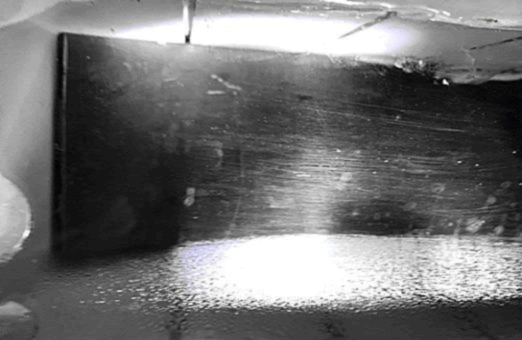
Figure 1: White tracks left by the magnetic monopoles in the
middle of the glass of the cloud chamber.
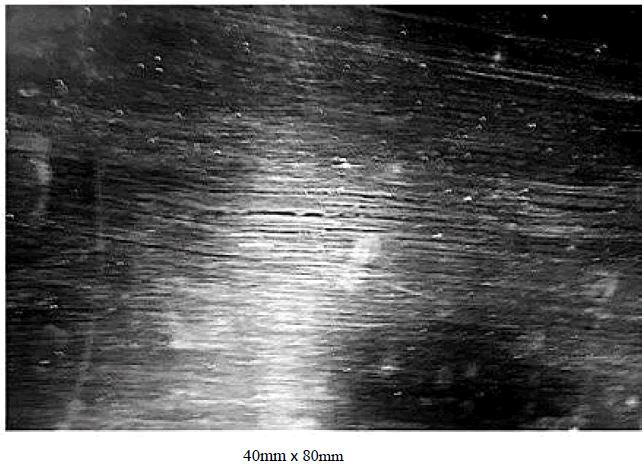
Figure 2: Partial view of Figure 1.
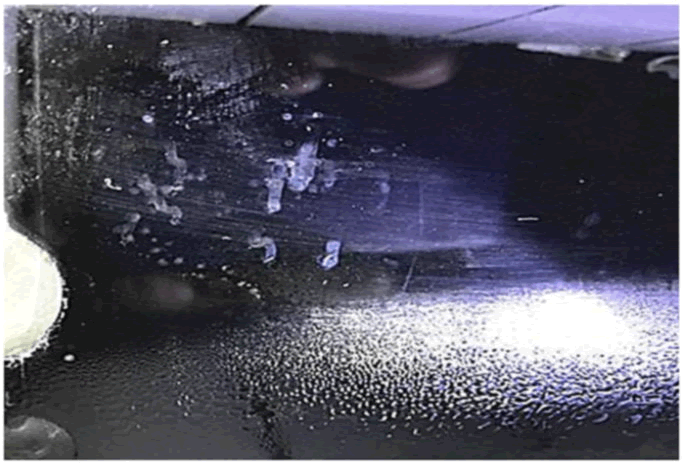
Figure 3: White tracks left by the magnetic monopole on the
glass at the end of the cloud chamber due to the external
magnetic field.
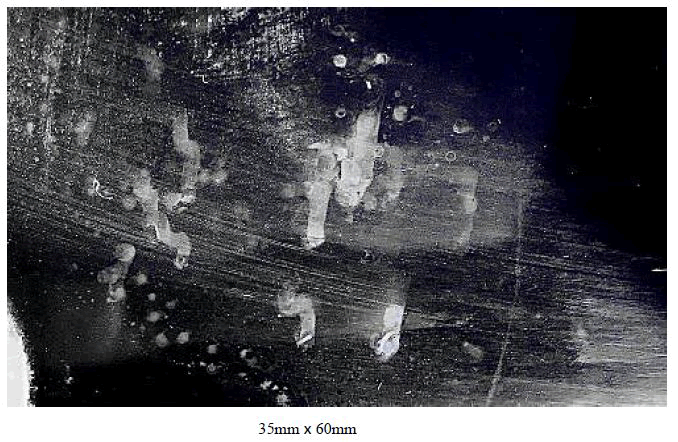
Figure 4: Partial view of Figure 3.
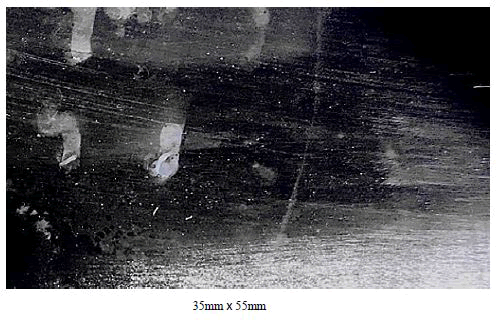
Figure 5: Partial view of magnetic dipoles separated into
positive and negative magnetic monopoles by the external
magnetic field.
(Note: The large white stain on the glass is a very thin film of
cured epoxy resin to bind the glass and thus never affects the
observation.)
Observation by Photography
The magnetic dipoles running at low velocity are separated
into positive and negative magnetic monopoles under the
action of a magnetic field. Shows the tracks left by the
magnetic dipoles separated into positive and negative
magnetic monopoles which ionize air to produce weak light at
the applied magnetic field intensity of 2 mT and the distance
of 5 cm between magnetic dipoles running at low velocity.
The separation of magnetic dipoles in the photo shows that
that there is a "string" predicted by Paul Dirac when the
magnetic dipoles are running in space; the positive and
negative magnetic monopoles are bound together under the
action of "string" and separated from each other at a certain
magnetic field intensity under the action of external magnetic
field force (Figure 6).
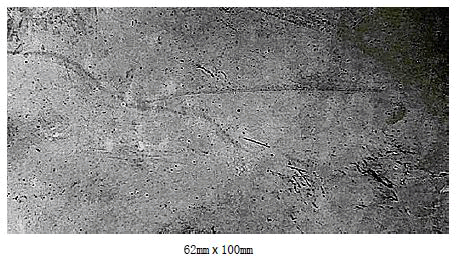
Figure 6: Separation of magnetic dipoles running at low
velocity under the action of magnetic field.
The running tracks of low velocity magnetic dipoles are
bent under the action of electrostatic field. Figure 7
shows that when the magnetic dipoles composed of
positive and negative magnetic monopoles run at low velocity
in space, the running track is slightly bent under the
action of electrostatic field force. The distance between the
positive and negative magnetic dipoles does not change
because the electrostatic field only repulses the magnetic
dipoles.
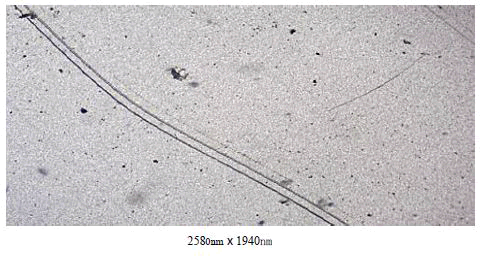
Figure 7: Bent tracks of magnetic dipoles under the action of
electrostatic force.
The "string" of magnetic dipole running at low velocity
extends and contracts under the action of geomagnetic field.
Figure 8 shows the transparent traces left after development
of the photographic film, which is impacted by magnetic
dipoles leading to proton fission of the material. Magnetic
dipoles are excited to emit into the space at different angles
and velocities, leading to different influences of
geomagnetism and different change of the distance between
positive and negative magnetic monopoles in the magnetic
dipole. Thus, that proves that a "string" predicted by Paul
Dirac exists between the positive and negative magnetic
monopoles in the magnetic dipole and extends and contracts
due to the change of the external magnetic field intensity
when the magnetic field intensity is too small to separate
positive and negative magnetic monopoles. However, this
"string" is only a "string" predicted in theory. In fact, the
existence of "string" can indirectly prove only by magnetic
field force and different distances between positive and
negative magnetic monopoles and can’t be directly
observed, consistent with Paul Dirac’s theory of
"string" (Figure 8).
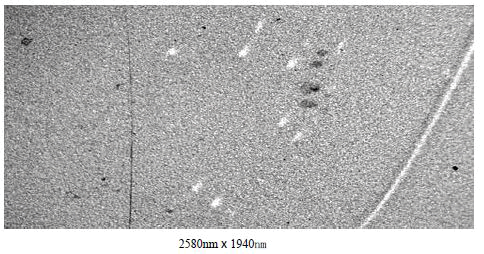
Figure 8: Extension and contraction of paul dirac "string" of
magnetic dipole under the action of geomagnetic field.
Annihilation of Magnetic Monopole
A magnetic monopole annihilator shown in Figure 9 was
manufactured by placing the exciting materials on both sides
of the insulation plate with the length of 60 cm and width of
40 cm first and then placing a magnet with the S pole surface
upward and a magnet the N pole surface upward at 5 cm from
the exciting materials on both sides, respectively. Two lead
plates with the dimension of 10 cm x 20 cm x 20 cm were
externally surrounded by glass. A γ-ray detector was installed
between the two lead plates. An iron box was placed between
two exciting materials and externally insulated. The iron box
has the dimension of 4 cm x 4 cm x 4 cm and holds a built in
temperature sensor. The thickness of the exciting materials
should not exceed 0.5 mm so that high velocity magnetic
monopole couldn’t pass through the glass. The magnetic
monopole annihilator works in such a principle that when the
materials on both sides emit magnetic dipoles or magnetic
monopoles, the magnetic dipoles are separated into positive
and negative magnetic monopoles, which are deflected, under
the action of the external magnetic field; the running tracks of
magnetic monopoles with one side positively polar and the
other side negatively polar are bent and accelerated, forcing
the positive and negative magnetic monopoles to collide
inside the iron box (and outside the box) due to the opposite
polar magnetic fields of the magnets on both sides (Figure 10).
The glass which externally surrounding the lead plates blocks
the medium velocity magnetic monopoles and prevents the
fission during the impact on the lead plates leading to
inaccurate detection. The lead plates can avoid the formation
of γ ray from the fission of the impacted metal particles in the
exciting material leading to inaccurate detection.
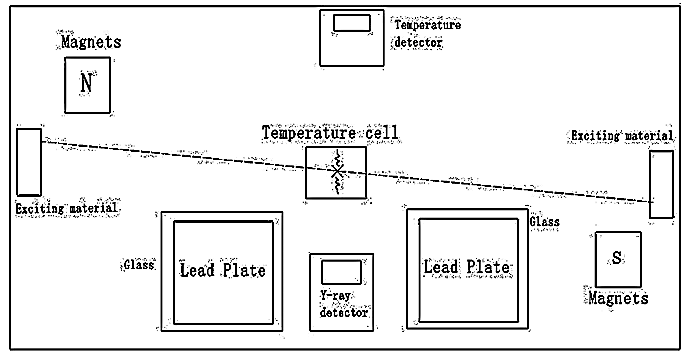
Figure 9: Schematic diagram of magnetic monopole
annihilator.
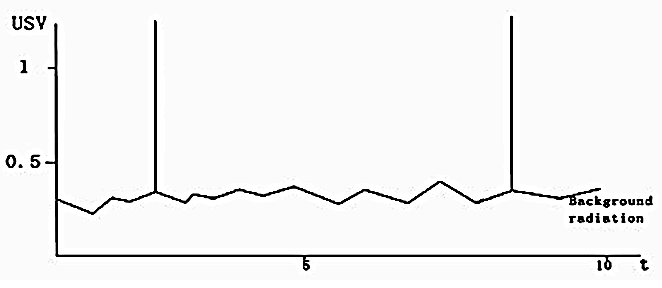
Figure 10: Real time diagram of mean value of “γ” ray test
results under background radiation.
Figure 10 shows the mean value of test results under
background radiation. It is difficult to identify then ray
intensity from the real-time diagram because the equipment
has the maximum resolution of 1.2 USV/h. The γ ray ionizes
and heats the air in the detection box during annihilation. It is
accordingly found that the air temperature in the iron box
rises by about 0.1℃ when each pair of positive and negative
magnetic monopoles annihilates. The repeated detection and
comparison show that all the “γ” rays produced from
annihilation of pairs of positive and negative magnetic
monopoles have the constant intensity, proving that the “γ”
rays produced from annihilation have high intensity. No γ ray
was detected at elevated temperature, showing that the
positive and negative magnetic monopoles spin, which is
related to the collision angle during annihilation, and the
emission angle of “γ” rays changes.
Results
Magnetic Monopole Catalysed Proton Fission
Magnetic monopole can catalyze proton fission [8]. Shows the
traces like meteorite craters left when the photographic film is
deformed by the heat from catalytic fission of the protons of
the film material when the magnetic monopole impacts the
film. Figure 11 shows the locally thermally deformed
protruding points left when the magnetic monopoles pass
through the film, viewed from the back of the film. As shown
in below figure is a film impacted by the magnetic dipoles and
monopoles, exposed and developed. It can be seen from the
film that transparent holes are left by the material falling off
the impact point of the film after magnetic dipoles and
monopoles impact the film to cause fission. The above
observations prove that the magnetic monopoles or magnetic
dipoles impact the material the proton to leading to proton
fission and release of a large amount of heat (Figures 12 and
13).
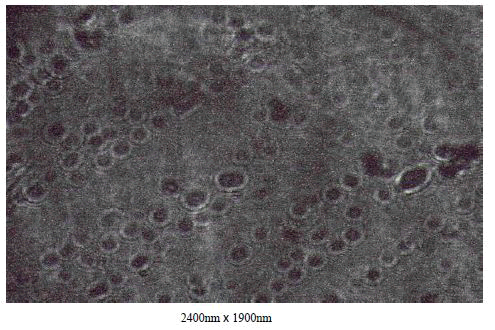
Figure 11: Traces like meteorite craters left from
magnetic monopole catalyzed fission.
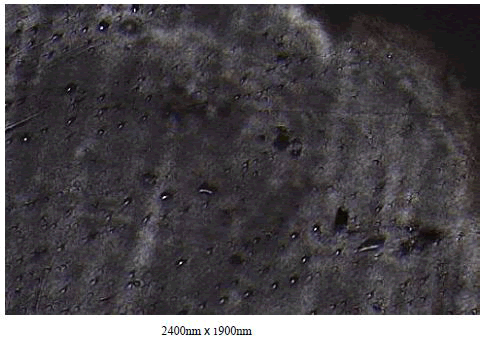
Figure 12: Locally deformed protruding points left after the
magnetic monopoles passes through the back of the film.
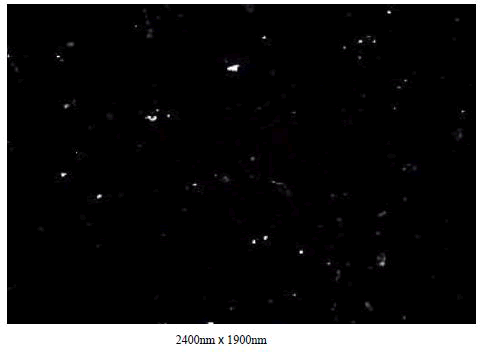
Figure 13: Transparent holes left by the fission of film material
by magnetic monopoles.
Discussion
Low and medium velocity magnetic monopoles and dipoles cannot pass through the glass
It is experimentally proved that low and medium velocity magnetic monopoles cannot pass through the glass. An electronic balance (accurate to 0.1 mg) was used for weighing experiment. A 0.5 mm thick exciting material with the effective area of 3.5 cm x 4.5 cm was placed on the quartz plate with the dimension of 5 cm x 5 cm x 1.5 mm, with φ0.1 mm enameled wire as a lead wire. The material was excited in Mode B.
The material covered the glass in the balance tray. The balance was enclosed by 3 mm glass. The weighing experiment is as follows: (the exciting material content of 100%).

The material faces upwards on the glass in the balance tray. The weighing experiment is as follows: (The weight is different from the above due to the lead wire, but it does not affect the test data).

In experiment (1), the emission surface of the exciting material covers the glass, so the repulsion between the emitted magnetic monopoles or dipoles and the glass in the balance tray causes the suspension force of the experimental plate and further a decrease of weight. In experiment (2), the emission surface is upward, so the reflection of the top glass of the balance causes an increase of the weight of the experimental plate. In experiments (1) and (2), the weight reduces after removal of the top glass from the balance, proving that the low and medium magnetic monopoles or dipoles produce reflection force because they cannot pass through the top glass of the balance.
Magnetic monopoles strongly repulse magnetic substances: Magnetic monopoles running in space strongly repulse magnetic substances. Figure 14 shows the repulsion produced when low velocity magnetic monopoles running on the photographic film contact the black paperboard wrapped on the film surface. Is an enlarged view of the rebound of low velocity magnetic monopoles contacting the paperboard? (When the magnetic monopoles are running at low velocity, air produces weak ionization light, to which the film is exposed).
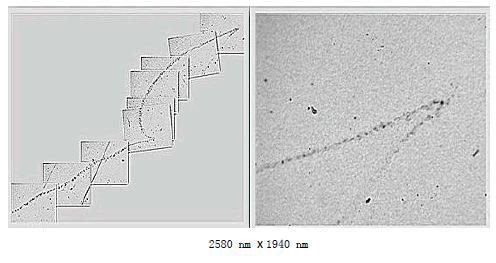
Figure 14: (a) Repulsion between magnetic monopoles and diamagnetic substances and; (b) Enlarged view of the top.
Detection and Calculation
Calculation of the track radius of magnetic monopoles:
According to the tracks le t by the magnetic monopoles on the glass in Figure 15, a running track of the magnetic monopoles is found as the track curve for calculation of the radius, as shown in Figure 16.

Figure 15: Track bending diagram of magnetic monopole under the action of magnetic field.
The arc length is calculated according to the Pythagorean theorem and the known conditions in the diagram, and then the radius of the track of the magnetic monopoles passing through the plastic plate is calculated according to the formula. The calculated R is 0.586 m.

Detection of Magnetic Field Intensity
Low velocity magnetic monopoles can pass through metals such as iron. Thus, a small magnetic shielding chamber was made of 3 cm thick steel plate. The magnetic field intensity in the magnetic shielding chamber was detected by WT-10 magnetic field tester when the low velocity magnetic monopoles entered the chamber. The detected magnetic field intensity is

As shown in Figure 16 an aluminum plate with the dimension of 30 x 20 x 5 mm captures magnetic monopoles, which are N poles. The average of the sum of the data detected on the front and back sides is 56 captured magnetic monopoles, and the calculated magnetic field intensity of a single magnetic monopole is

The storage time of magnetic monopoles in aluminum is related to temperature, i.e. the lower the temperature is, and the longer the storage time is. For example, the storage time is about 5 h at 25â??.
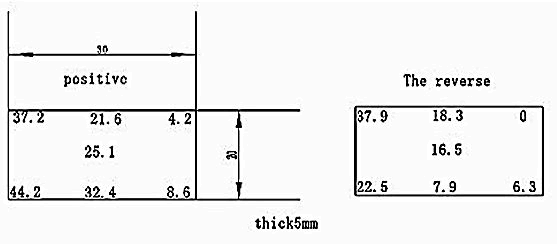
Figure 16: Schematic diagram of aluminum captured magnetic monopoles.
Detection and Velocity Calculation
The running velocity of the magnetic monopole after passing through the plastic plate was calculated according to the voltage generated by the magnetic monopole passing through a coil [9]. In the test, the magnetic monopole passed through the plastic plate first and then through 7500 turn hollow copper coil, which was blocked by the glass to avoid the impact of the magnetic monopole catalyzed copper fission on the detection data. The center was reserved so that the magnetic monopolec ould pass through it. The voltage generated when each magnetic monopole passed through the coil was measured to be

By ADCMT-7641 precision voltmeter made by Japan. The dimensions of the coils are shown in Figure 17.
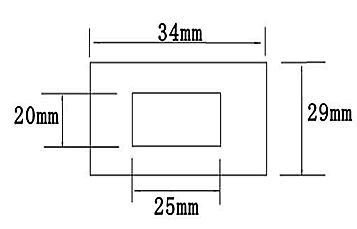
Figure 17: Hollow copper coil.
Because the magnetic monopoles have consistent magnetic lines of force in all directions, the voltage E generated when the coil cuts the magnetic line of force is related to the attenuation oft he distance ardius R of the magnetic monopole from the coil. The radius of the magnetic monopoles is neglectable. Then the electromotive force generated by cutting the magnetic line of force is calculated according to E=NBSV, where N is the number of coil turns, B is the magnetic field intensity, S is effective cross sectional area, and V is velocity. Formula (1) is given as follows:

According to formula (1) and known conditions, the velocity of the magnetic monopole after passing through the plastic plate is calculated to be 33774.3 m/s.
Calculation of Magnetic Monopole Mass
The law of interaction laws of electric ield and magnetic field in vacuum proposed by Mr. Coulomb in 1787 are as follows:
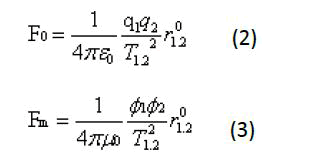
For the interaction force between any pair of particles carrying a basic charge e and having the distance r in formula (2) and for the interaction force between any pair of particles carrying a basic magnetic charge φ and having the distance r in formula (3), formula (4) can be obtained according to formulas (2) and (3) if the two charges have the same distance r from two magnetic charges. The force ratio of two charges to two magnetic charges is calculated according to formula (4) below:

In formula (4), the force between magnetic monopoles is about 1174 times that between electrons. The mass M of the magnetic monopoles is calculated according to the known velocity V of magnetic monopoles, magnetic field intensity B2 and radius R under the action of magnetic field B1. Refer to the calculation formula of electron mass M:

The de lection electron Q accelerated by the force between electron and magnetic ield is calculated according to formula (5). A magnetic ield can bend and accelerate the running track of the magnetic monopoles. Thus, if the electronic electric ield intensity Q in formula (5) is changed to the magnetic ield intensity B2, the force applied by the magnetic ield to the magnetic monopoles is 1/2 (1174) higher than that to the electrons. If the ratio of the force between magnetic monopoles to the force between electrons of 1174 is taken as the K value, the following formula can be obtained:
Where B1 is the average magnetic ield intensity obtained from the curve.

According to formula (6) and known conditions, the mass of the magnetic monopoles is calculated to be

Conclusion
According to the observations of cloud chamber and photos
and other characterization, the five basic characteristics of
magnetic monopole predicted by Paul Dirac were proven and
the existence of magnetic monopole was confirmed. It is
found that the "string" (invisible) predicted by Paul Dirac can
extend and contract with the change of external magnetic
field just like a spring. With increasing velocity of the
magnetic dipole, the kinetic energy increases. Bigger velocity
leads to stronger "string" force of the positive and negative
magnetic monopoles, closer combination between them, and
stronger external magnetic field force for separation or
extension and contraction. Confirmation of Paul Dirac’s
quantization conditions.
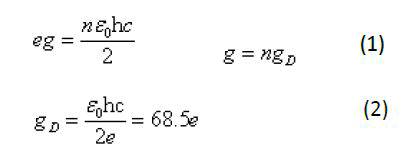
Formulas (1) and (2) are Paul Dirac’s quantization
conditions. In formula (1), g is the magnetic charge, e is the
elementary charge, n is a constant, and H is the reduced
Planck quantum constant, is the vacuum dielectric constant, c
is the velocity of light. In formula (2) is the unit Paul Dirac
magnetic charge. According to the known data and
formulas (1) and (2), the unit Paul Dirac magnetic charge is
calculated to be about 68.3e, basically consistent with the
unit magnetic charge predicted by Dirac. (3) The vacuum
spontaneous breaking mechanism in the grand uni ied
theories predicts that magnetic monopole should exist and its
magnetic charge and mass should comply with Paul Dirac’s
quantization conditions, i.e.,

Where £ is the energy scale of the grand unified theories.
The measured and calculated values of magnetic
monopole mass are converted into electron volts, i.e.,

Which is basically close to the mass predicted by the grand
unified theories?. All photos and test data provided in
this paper are experimentally repeatable. If you have any
doubts, the author can carry out various field experiments.
Acknowledgment
We thank Mr. Zhang Yong, chairman of go high to Shine
environmental protection technology development
(Beijing) Co., Ltd., for his strong support and help.
References
- Dirac PAM (1931) Quantized Singularities in the Electromagnetic Field. Proc Roy Soc A. 133(60):1-13.
[Crossref][Google Scholar][Indexed]
- Modal Collaboration (2017) Search for magnetic monopoles with the Modal forward trapping detector in 2.11 fb-1 of 13 TeV proton-proton collisions at the LHC. Phys Letter B. 782(1):510-516.
[Crossref][Google Scholar][Indexed]
- Weixin NI, Kai S (2017) New Attempt to Study the Problem of Magnetic Monopole. J Univ Shanghai Sci Technol. 39(2):165-169.
- Xiaoguang L, Xiaoyan D (2020) Overview of the progress of magnetic monopole. J College Physics. 29(11):1-6.
- Shigang C (1984) Magnetic monopole and its catalytic effect on proton decay. Chin J Nat. 51(2):189-241.
[Google Scholar][Indexed]
- Kaihua Z (2009) Magnetic monopole and superconducting coil. Jourl Phy A. 7:2-4.
- Gould O, Rajantie A (2017) Magnetic monopole mass bounds from heavy-ion collisions and neutron stars. Phys Rev Lett. 119(24):241601.
[Crossref][Google Scholar][Indexed]
- Dengyu Z, Xibin Z (1994) On magnetic monopole. College Phy. 13(12):1-6.
- Thooft G (1974) Magnetic monopoles in unified gauge theories. Nuclear Phy B. 79(2):276–284.
[Google Scholar][Indexed]
Citation: Xuelin W (2022) Stimulated Emission and Characterization of Magnetic Monopole in Topological Materials. Int J Appl
Sci Res Rev. 9:102.
Copyright: © 2022 Xuelin W. This is an open-access article distributed under the terms of the Creative Commons Attribution
License, which permits unrestricted use, distribution, and reproduction in any medium, provided the original author and source
are credited.

































